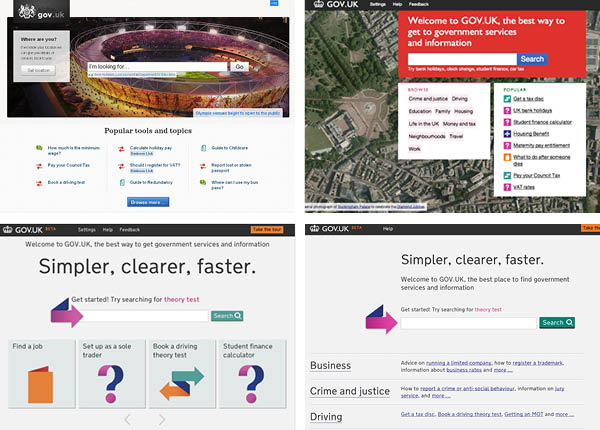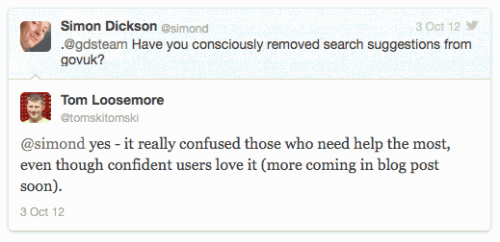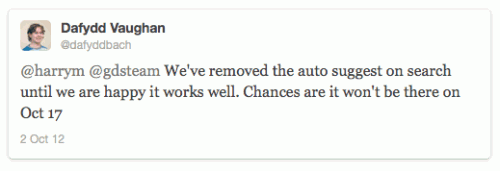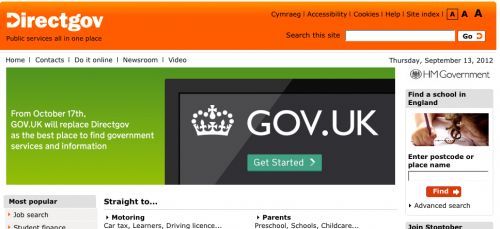
There can be few more blatant symbols of internet-powered globalisation than the appearance of ‘Black Friday’ sales in the UK. Personally, I’ve never let concerns about cultural sustainability stop me saving a few quid. Two years ago I bought my first-generation iPad on Black Friday, saving £30 if I remember rightly: Apple are rarely generous with discounts, and it wasn’t an opportunity I wanted to miss.
I’ve had a reluctant eye on Amazon’s Kindle Fire for some time. I played with one in our local Tesco a while back, but wasn’t immediately sold on its user interface. As time has gone on, it’s become obvious that Amazon’s market power would ensure it was a success. We’re also starting to see it listed as a ‘must work on’ device in project briefs. But with Silk, its ‘revolutionary cloud-accelerated web browser’, it’s yet another potential point of failure for your web design.
http://www.youtube.com/watch?v=_u7F_56WhHk
So when I saw it in a Black Friday sale for £99 as opposed to £129, I gave in and bought one on the company account. For testing purposes you understand. It arrived at the weekend.
The first thing to strike you isn’t the size; it’s the weight. Because it’s that bit smaller than an iPad, you’re expecting it to weigh a good bit less. But it doesn’t. I haven’t got the scales out, but it feels like it weighs the same as my iPad – and yet you’re meant to hold it in one hand, not two. It’s good and solid, though, and doesn’t feel as plasticky as you fear it might, for (in my case) the sub-£100 price tag.
Instantly you’re struck by the quality of the screen. It isn’t jaw-dropping; but you can’t help noticing that Amazon have chosen particularly lightweight fonts for the interface, showing off its increased resolution. The use of white-on-black doesn’t do any harm there, either.
One of the Kindle’s selling points is the fact that Amazon will configure it for you, before it arrives. I opted not to do that; I was intrigued to see the registration process, step by step. And it was a bit of a shock to be hit instantly by a screen demanding credit card details. Yes, it was possible to skip this step; but only until I went to the device’s on-board App Store, and tried to download a (free) app. No go, until I signed up for one-click purchasing: which, of course, requires me to register a credit card. It felt aggressively commercial, probably too aggressive.
The App Store itself is a real disappointment. As an Android veteran, I knew the apps I wanted… and I found about half of them. I’ve managed to find the ones I really need: Twitter, Flipboard, TuneIn Radio, iPlayer, a couple of news apps. The remainder can probably be covered by the mobile interfaces of certain websites: but it’s deeply frustrating when you know that Android-compatible apps are available, but you aren’t permitted to have them.
And then there’s Silk. All we ask from a web browser is that it renders HTML as you’d expect. Basics first, please, innovations later. But Silk has one glaring problem: web fonts. We’ve waited literally years for web browsers to catch up with font-face delivery of custom fonts; and just when you think it’s safe to start using them, along comes the Kindle Fire.
It doesn’t not handle web fonts: but it definitely seems to have a problem with fonts delivered from third-party sites such as Google Web Fonts or Typekit (confirmed in a tweet I received from the Typekit guys at the weekend). And whilst it might seem like a small thing, it can be enough to completely ruin a design you’ve painstakingly put together.
I think I expected something very different from the Kindle Fire. I thought I was buying an Android tablet, which happened to include an e-reader function. In fact, it’s an e-reader which happens to run some tablet apps as a fortunate bi-product.
Nowhere is this more obvious than the main user interface. Turn on your Kindle Fire, and you’re confronted not by an Android ‘desktop’, but an iTunes-esque coverflow interface which treats apps in the same way it treats books. As a usage metaphor, it’s entirely reasonable for (the products formerly known as) albums or books, where in the offline world, you’d run your thumb along items on a shelf to find the one you want. But apps just don’t work like that, never have, and never will.
It also lacks certain things that we’d probably expect a ‘proper’ tablet to include, such as a camera (or two). But the Kindle Fire just isn’t a proper tablet… and it seems to go out of its way not to be. I’ve tried to use it as a ‘proper’ tablet like I’ve used my iPad for the past two years, and it’s an unsatisfying experience. But maybe that’s my mistake.
The Kindle Fire will succeed. For roughly a third the price of an iPad, you get a device that’s maybe half as good, so it’s not a bad deal. But it isn’t great as a tablet; and although I’m no expert, I think I’d probably prefer to consume e-books on a ‘proper’ e-ink device, like a standard Kindle.
Someone close to me has asked for a tablet to call her own, as a Christmas present. It was nearly going to be a Kindle Fire. It won’t be now.





